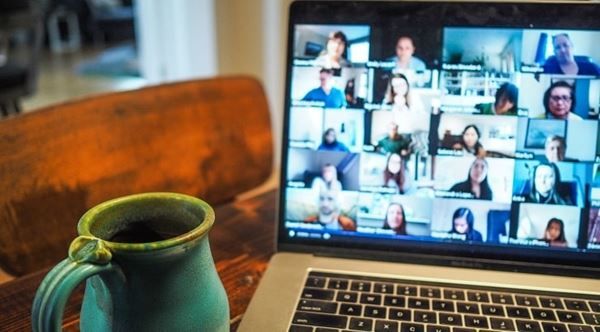The Challenges of College Admissions in the COVID Era
Guest post by Jamiere N. Abney, Ed.M. If you are unfamiliar with the field of undergraduate college admission, it goes in a cycle. From September through November the focus is on recruiting new applicants. Admission Officers share key facts, as well as anecdotes from current students and campus history, to build a full picture of the institution and why it might be an ideal fit for prospective students. November through March turns to application review. During this time, the focus is the evaluation of academic preparation for success in the classroom, and what applicants share about their co-curricular passions and hobbies outside the classroom, to understand their fit within the college’s community. After making admission decisions, we work to encourage those admitted students to enroll. This portion of the cycle is known as yield. We provide lots of communication and programming that allows admitted students to engage with one another and to hear the perspective of current students, staff, and faculty. Our goal is to more specifically share what their experience will be like, the resources and people available as part of the support system, and to answer lingering questions students and families still have. While wrapping up enrollment of the incoming class, admission offices begin communication with current high school juniors in preparation for the next cycle of recruitment in the fall. Over the summer months, planning continues for how to best engage for the following year. This cycle repeats annually. However, COVID reshaped the approach tremendously. Even for a campus like Colgate University, where we were able to welcome over 70% of our student body back to campus in the fall of 2020. Yet still, students were required to quarantine and have limited initial in-person contact beyond the people living in their residence hall. Colgate took the step to establish its own food delivery service, using volunteer staff and faculty to drop off pre-packaged meals to student residences. This was done to limit the movement and potential contact that could invite a crisis. As a recruiter, this meant no travel to those recruitment territories (for me: Illinois, Texas, Oklahoma, and Wisconsin). Instead, high school visits, college fairs, 1-on-1 interviews, and “visit” programs were all transitioned into virtual experiences. No longer were there personal check-ins with colleagues on the road, or catch-up conversations between school visits or while standing behind a six-foot table at a college fair in a school’s gymnasium. There were no opportunities to watch a student’s eyes light up with excitement at the realization that a college might be a great fit for them. Through virtual recruitment, sessions could be recorded and posted on webpages or social media. This increased the overall reach to more students who could find those programs at the best time for them. For Colgate, this more than doubled our application numbers, with a more diverse applicant pool by race, income, geography, etc. We were able to increase our reach to students and communities that we often would not travel to. Our overall contacts went up, while some of the 1-on-1 conversations and connection opportunities diminished. Due to a focus on health and safety, fall open houses and fly-in events were replaced with virtual stand-ins. At Colgate, the annual diversity open house program, Colgate in Focus, was changed from a three-day, two-night immersive experience to a webinar series that stretched from the summer into the fall months. We still invited students who self-identify as BIPOC, First-generation, Low-income, and other historically excluded groups, but lost the chance to show off our gorgeous campus and the incredible resources available to these students. Again, while in some ways this virtual option is more accessible to a larger group, the inability to allow a group of 77 students (our number in 2019) to visit campus, who might otherwise not have been able to afford to, is an incredible loss. Especially for a place like Colgate where a key draw is the incredible tree-lined campus environment with phenomenal natural beauty. Finally, while we maintained an on-campus visit experience, it has come with limitations. Certain buildings, namely dormitories and dining halls, remain closed. We have to limit the number of people who can visit each day. All to ensure our ability to adequately contact trace and protect our community. We certainly encourage you to schedule a visit to see our progress for yourself, or take advantage of our wonderful virtual options. About the Author: Jamiere Abney is Associate Dean of Admission and Coordinator of Outreach for Opportunity & Inclusion at Colgate University, where he leads diversity, equity, and inclusion strategies for the admissions process. Through his leadership, Colgate enrolled its most diverse first-year class in its 200-year history in the fall of 2020. Abney is a 2012 graduate of Willamette University where he studied psychology. He began his higher education career at his alma mater, returning in 2014 to join the admission team. As a first-generation college graduate, Abney has sought opportunities to be a reliable support for young people seeking achievement and access to opportunity. He took this a step further, earning his Master’s in Education at Harvard Graduate School of Education in 2017. He has been a guest on multiple podcasts, including Black & Highly Dangerous and On the Mic with Ray White, and is a guest host with The Barbershop Group, an organization focused on improving the mental health and emotional well-being of men from all walks of life. Currently, Abney is promoting a manuscript of a biographical self-help book based on the impact of race on his adolescence.





